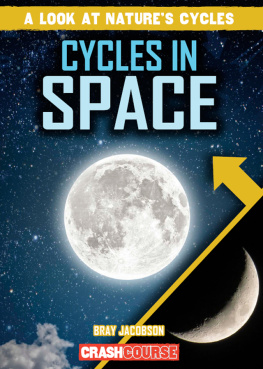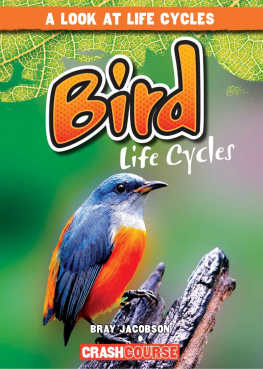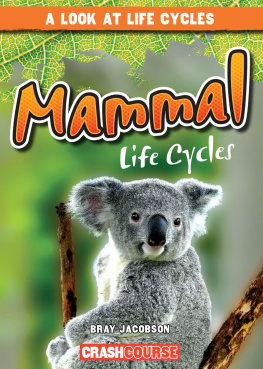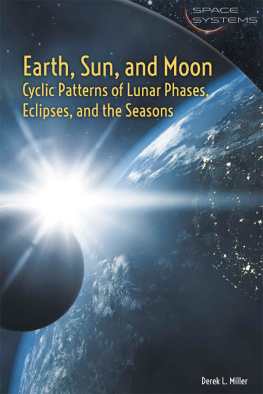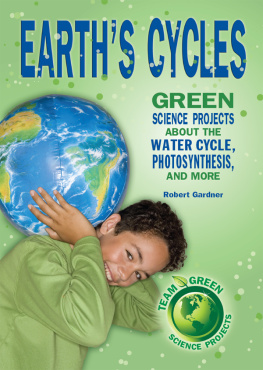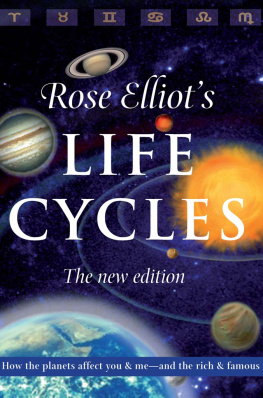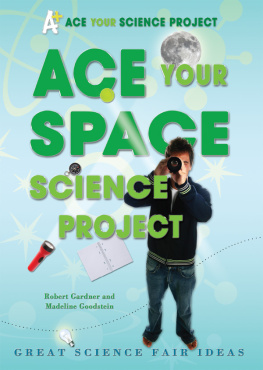Please visit our website, www.garethstevens.com. For a free color catalog of all our high-quality books, call toll free 1-800-542-2595 or fax 1-877-542-2596.
Library of Congress Cataloging-in-Publication Data
Names: Jacobson, Bray, author.
Title: Cycles in space / Bray Jacobson.
Description: New York : Gareth Stevens Publishing, [2020] | Series: A look at nature's cycles | Includes bibliographical references and index.
Identifiers: LCCN 2018039578| ISBN 9781538241028 (pbk.) | ISBN 9781538241042 (library bound) | ISBN 9781538241035 (6 pack)
Subjects: LCSH: Astronomy--Juvenile literature. | Eclipses--Juvenile literature. | Seasons--Juvenile literature. | Moon--Phases--Juvenile literature. | Earth (Planet)--Orbit--Juvenile literature. | Solar system--Miscellanea--Juvenile literature.
Classification: LCC QB46 .J33 2019 | DDC 523.002--dc23
LC record available at https://lccn.loc.gov/2018039578
First Edition
Published in 2020 by
Gareth Stevens Publishing
111 East 14th Street, Suite 349
New York, NY 10003
Copyright 2020 Gareth Stevens Publishing
Designer: Sarah Liddell
Editor: Kristen Nelson
Photo credits: Cover, p. 1 (main) vovan/Shutterstock.com; cover, p. 1 (inset) SW.ART/n Shutterstock.com; arrow background used throughout Inka1/Shutterstock.com; p. 5 Vadim Sadovski/Shutterstock.com; p. 7 muratart/Shutterstock.com; p. 9 Jurik Peter/Shutterstock.com; p. 11 Vadim Petrakov/Shutterstock.com; pp. 13, 15, 19, 23 (background) guteksk7/ Shutterstock.com; pp. 13 (diagram), 17 Designua/Shutterstock.com; p. 15 Studi8Neosiam/ Shutterstock.com; p. 19 (diagram) Ramona Heim/Shutterstock.com; p. 21 sNike/ Shutterstock.com; p. 23 (diagram) shooarts/Shutterstock.com; p. 25 Athapet Piruksa/ Shutterstock.com; p. 27 sdecoret/Shutterstock.com; p. 29 Markus Gann/Shutterstock.com; p. 30 Castleski/Shutterstock.com.
All rights reserved. No part of this book may be reproduced in any form without permission in writing from the publisher, except by a reviewer.
Printed in the United States of America
CPSIA compliance information: Batch #CS19GS: For further information contact Gareth Stevens, New York, New York at 1-800-542-2595.
INTO SPACE
What happens in space affects life on Earth! In fact, the seasons and how long night is are caused by the cycles of Earths movement through space. The moon, sun, and stars all have cycles, too!
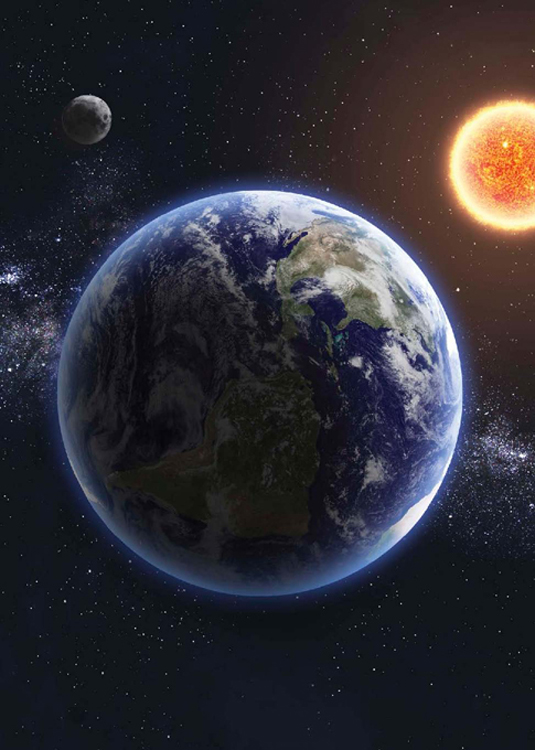
MAKE THE GRADE
A cycle is a set of steps or actions that happen over and over. Sometimes, a part of a cycle is called a phase.
THE SOLAR CYCLE
It takes about 11 years for the sun to move through its solar cycle. Sunspots, or dark spots on the suns surface, tell scientists a lot about whats happening during the solar cycle. These can become solar storms that send energy into space!
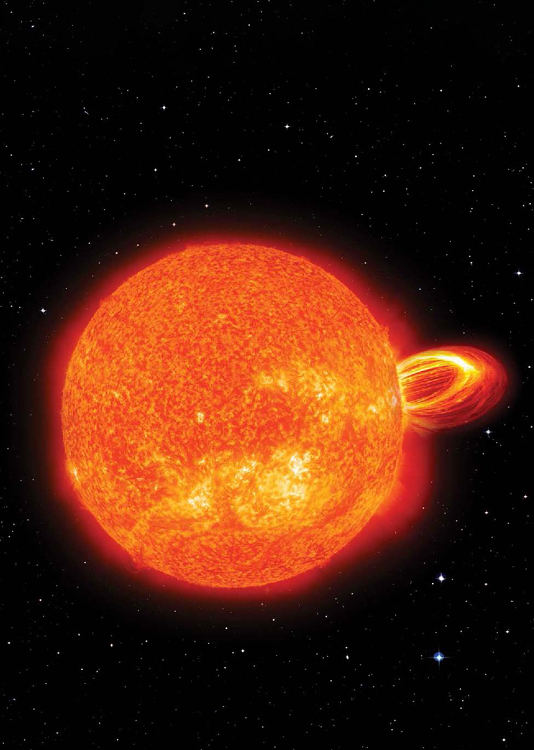
MAKE THE GRADE
Sunspots look dark when we look at pictures of the sun because they arent as hot as the rest of the sun. Theyre still about 6,500F (3,593C) though!
The first part of the solar cycle is solar minimum. The sun has the fewest sunspots then. As the sun moves into the solar maximum, there are more sunspots. Its important to observe sunspots because they may affect Earth.

MAKE THE GRADE
At the end of the solar cycle, the magnetic field of the sun changes. This means the north and south poles of the sun switch places!
A lot of activity on the sun, like solar storms, can cause auroras in Earths sky. It can also affect radio communications and electricity on Earth, as well as satellites. What happens in space truly does matter to our lives on Earth!
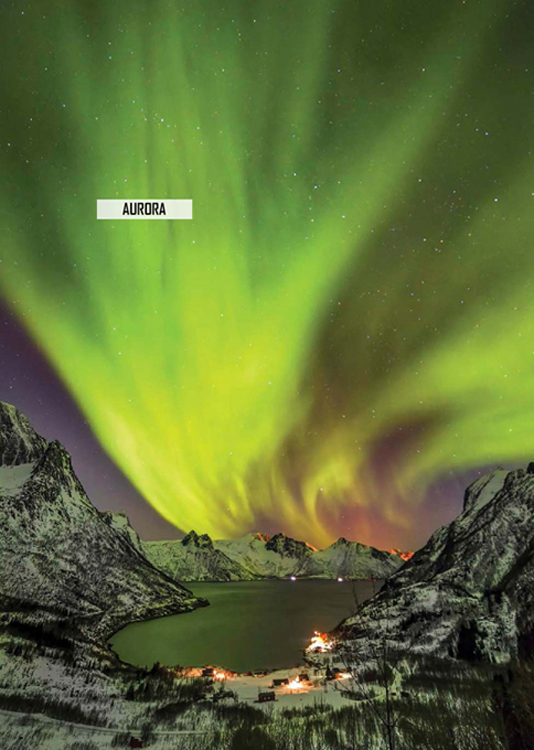
MAKE THE GRADE
Lots of solar activity can make it unsafe for astronauts to do their work in space!
THE EARTH MOVES
Earth rotates, or spins. One complete rotation takes about 24 hours, or 1 day on Earth. When part of Earth faces the sun, its day there. When part of Earth faces away from the sun, its night there.
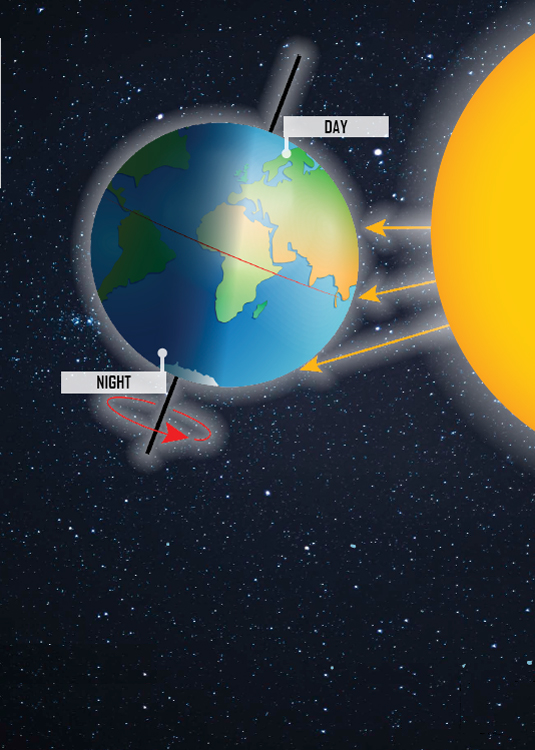
MAKE THE GRADE
Earth rotates on an axis, or the imaginary line around which something spins.
Earth also moves around, or orbits, the sun. This is Earths revolution. One revolution around the sun is a little bit longer than 365 days, or 1 year, on Earth. Earths orbit looks like an ellipse, which is a circle thats been slightly flattened.
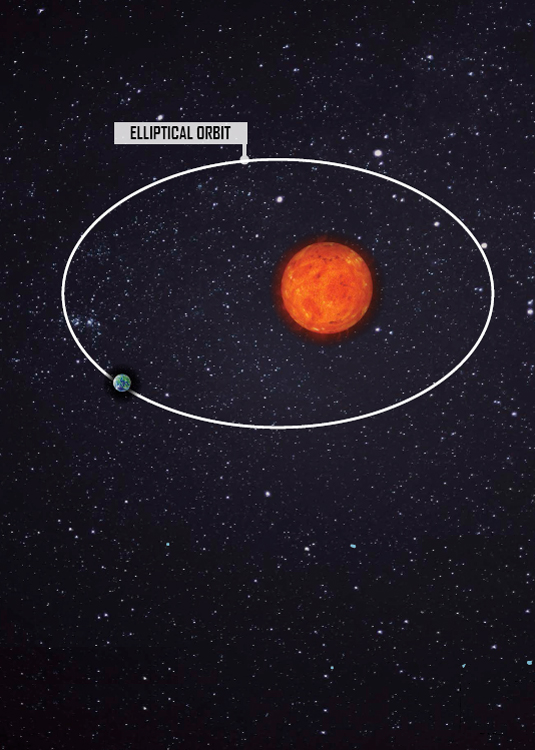
MAKE THE GRADE
During its orbit, Earth is not always the same distance from the sun. It may be as far away as 94.5 million miles (152 million km) or as close as 91 million miles (146 million km).
Earths axis is tilted and always points in the same direction. So, as Earth revolves, different parts of Earth receive direct sunlight. Depending on the time of year, the North Pole or South Pole may be tilted toward the sun. This causes the seasons!
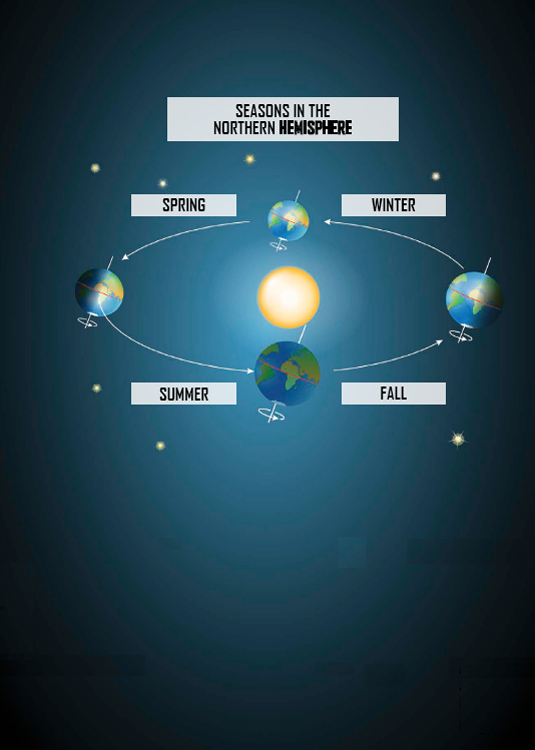
MAKE THE GRADE
Earths tilt controls how high the sun can get in the sky in every place on Earth every day of the year.
The Northern and Southern Hemispheres dont have the same seasons at the same time. When its winter in the Northern Hemisphere, its summer in the Southern Hemisphere! This also has to do with Earths tilt and revolution around the sun.
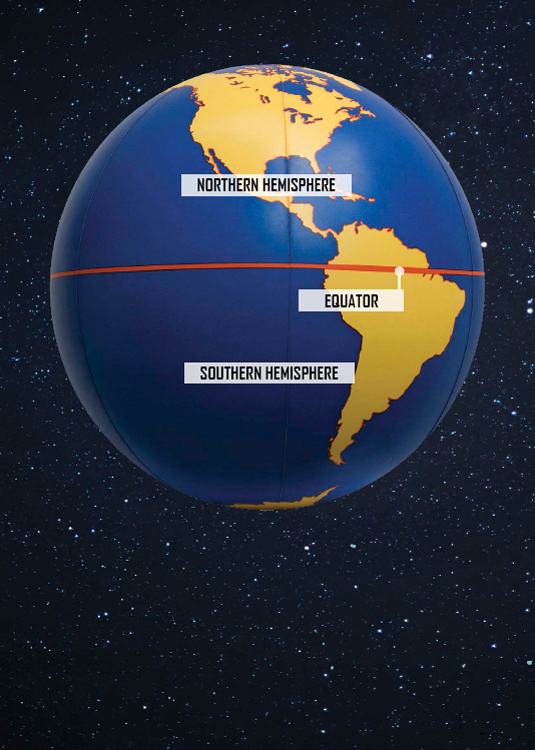
MAKE THE GRADE
The equator is the imaginary line that circles Earth, dividing the Northern and Southern Hemispheres. At the equator, the seasons don't change! It's always hot and the sun is high in the sky.
STAR CYCLES?
Earths rotation and revolution create a cycle of stars in the sky, too. Stars appear to move during the night. They seem to rise in the east and set in the west. However, its Earths movement that makes them seem to move that way.
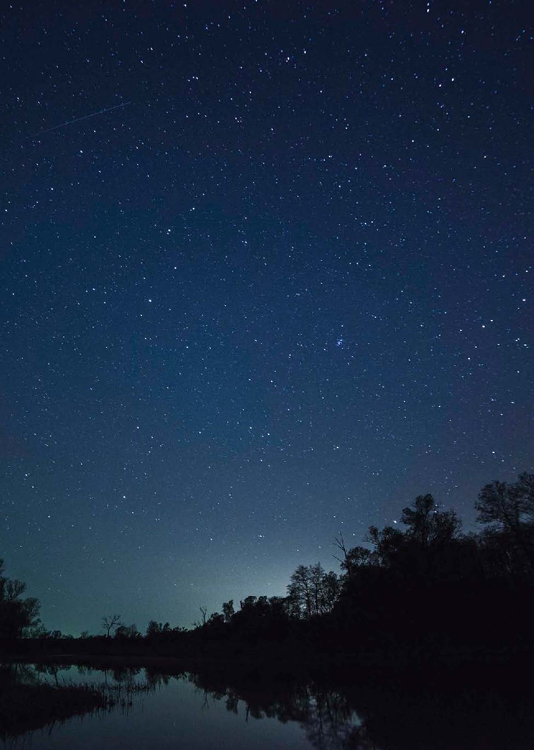
MAKE THE GRADE
Stars do move! All starsthe sun includedhave orbits in our Milky Way

